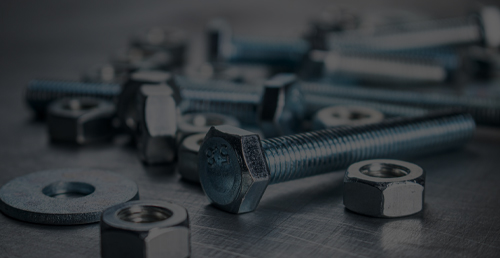Optimizing Performance and Durability of Fixing Resin Anchors in Construction Applications
Fixing Resin Anchors A Comprehensive Guide
Resin anchors are increasingly becoming the preferred choice for securing structural components in construction and engineering. These innovative anchoring solutions utilize high-strength resins and are capable of bonding with various base materials, such as concrete, brick, and masonry. In this article, we will explore the principles behind resin anchors, their applications, advantages, and best practices for fixing them effectively.
Understanding Resin Anchors
At its core, a resin anchor consists of a cylindrical sleeve filled with a dual-component epoxy or polyester resin. This resin is injected into the drilled hole, where it bonds both with the insert (like a bolt or rebar) and the surrounding substrate. As the resin cures, it hardens to create a robust and durable anchor point.
Applications of Resin Anchors
Resin anchors are versatile and can be utilized in a range of applications, including
1. Construction Often used to secure structural elements like beams, columns, and facades. 2. Infrastructure Key for anchoring signage, barriers, and safety railings in public and private structures. 3. Industrial Employed in factories and warehouses for machinery, shelving, and equipment installation. 4. Maintenance and Repair Ideal for fixing fixtures and equipment in existing structures without compromising integrity.
Advantages of Resin Anchors
fixing resin anchors

Resin anchors offer several benefits that make them a popular choice
1. High Load Capacity Resin anchors can withstand significant tensile and shear loads, making them suitable for heavy-duty applications. 2. Corrosion Resistance Unlike traditional mechanical anchors, resin anchors are not prone to rust or corrosion, ensuring long-lasting durability even in harsh environments. 3. Adaptability They can be used in various base materials and can accommodate different sizes and shapes of fixing components. 4. Flexibility in Installation Resin anchors can be installed in wet conditions or even underwater, which is a significant advantage in certain construction scenarios.
Best Practices for Fixing Resin Anchors
To ensure optimal performance from resin anchors, it is crucial to follow best practices during installation
1. Surface Preparation The substrate must be clean and free of dust, oil, or debris to promote proper adhesion. Use a wire brush or compressed air to clean the drilled hole. 2. Selecting the Right Resin Choose a resin that aligns with the specific environmental conditions and load requirements. Some resins are formulated for rapid curing, while others may offer enhanced chemical resistance. 3. Proper Mixing If using a two-component resin, it is essential to mix it thoroughly according to the manufacturer’s specifications. Inconsistent mixing can lead to an inadequate bond. 4. Drilling the Correct Hole Size The hole must be drilled to the correct size and depth as specified by the resin anchor manufacturer. An improperly sized hole can result in compromised strength. 5. Curing Time Allow sufficient curing time as recommended by the manufacturer before applying any loads. Rushing this process can lead to anchor failure.
Conclusion
Fixing resin anchors is an effective and reliable method for creating secure connections in various construction and engineering projects. By understanding the principles of their operation, recognizing their advantages, and adhering to best practices during installation, professionals can harness the full potential of resin anchors to enhance the safety and longevity of their structures. Whether for new constructions or retrofitting projects, resin anchors represent a robust solution for modern anchoring needs.
-
Weatherproof Plastic Expansion Anchors for OutdoorNewyddionJun.06,2025
-
Sustainability in the Supply Chain: Eco-Friendly TEK Screws ProductionNewyddionJun.06,2025
-
Load-Bearing Capacity of External Insulation FixingsNewyddionJun.06,2025
-
Double Head Bolts: Enhancing Efficiency in Industrial MachineryNewyddionJun.06,2025
-
Corrosion Resistance in Chipboard Screws: Coatings for Wholesale DurabilityNewyddionJun.06,2025
-
Butterfly Toggle Bolts : Enhancing Structural ResilienceNewyddionJun.06,2025
